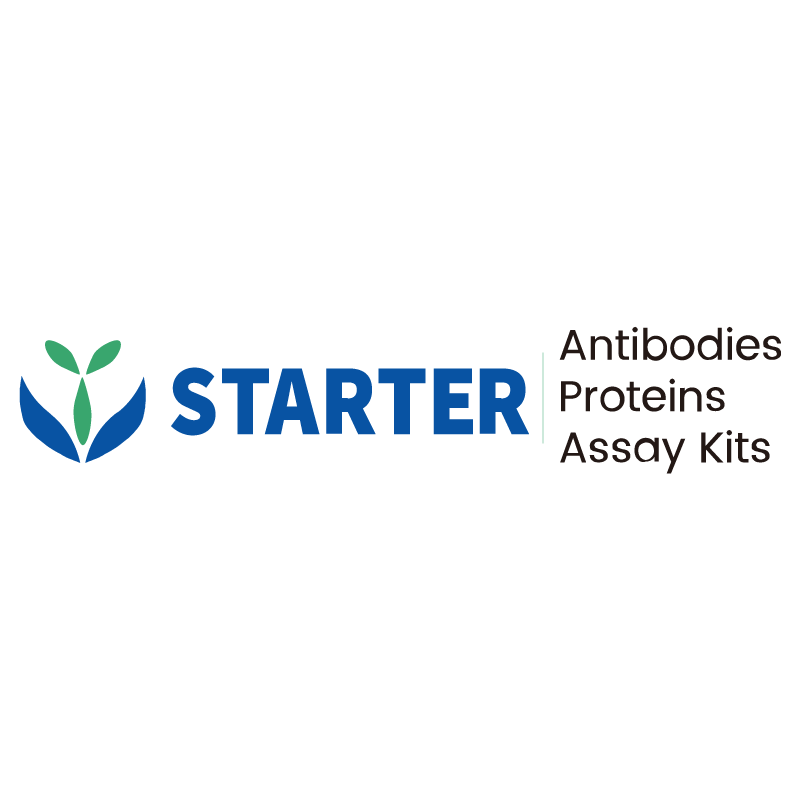Flow cytometric analysis of Human PBMC (human peripheral blood mononuclear cells) labelling Human CD289 antibody at 1/200 (1 μg) dilution/ (Right panel) compared with a Rat IgG2a, κ Isotype Control / (Left panel). Goat Anti-Rat IgG Alexa Fluor® 647 was used as the secondary antibody. Then cells were stained with CD123 - PE/Cy7 antibody separately.
Product Details
Product Details
Product Specification
| Host | Rat |
| Antigen | CD289 |
| Synonyms | Toll-like receptor 9; TLR9 |
| Location | Endoplasmic reticulum membrane |
| Accession | Q9NR96 |
| Clone Number | S-3019 |
| Antibody Type | Rat mAb |
| Isotype | IgG2a,k |
| Application | FCM |
| Reactivity | Hu |
| Positive Sample | Human PBMC |
| Purification | Protein G |
| Concentration | 2 mg/ml |
| Conjugation | Unconjugated |
| Physical Appearance | Liquid |
| Storage Buffer | PBS pH7.4 |
| Stability & Storage | 12 months from date of receipt / reconstitution, 2 to 8 °C as supplied |
Dilution
| application | dilution | species |
| FCM | 1:200 | Hu |
Background
CD289, also known as Toll-like receptor 9 (TLR9), is a ~115-120 kDa intracellular pattern-recognition receptor of the Toll-like receptor family that is preferentially expressed in immune-cell-rich tissues such as spleen, lymph node, bone marrow, and peripheral blood leukocytes; it senses unmethylated CpG dinucleotides in bacterial DNA and, upon activation via the adaptor protein MyD88, triggers NF-κB signaling and subsequent production of inflammatory cytokines, thereby orchestrating a T-helper-1-like innate immune response, as evidenced by impaired splenocyte proliferation, macrophage cytokine release, and dendritic-cell maturation in TLR9-deficient mice.
Picture
Picture
FC


